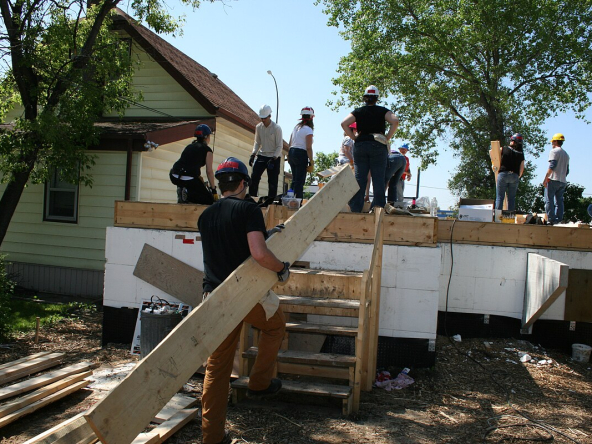In a world often characterized by fast-paced lifestyles and digital interactions, the essence of genuine human connection within communities has become increasingly essential. Whether in neighborhoods, workplaces, or online forums, fostering a sense of belonging and camaraderie is crucial for creating resilient, supportive, and thriving communities. The journey toward community building is multifaceted, incorporating various strategies and approaches aimed at uniting individuals toward a common purpose.
Understanding Community Building
Community building transcends the mere coexistence of individuals within a geographical area; it’s about cultivating a sense of shared identity, mutual trust, and support. It’s the art of transforming a group of people into a cohesive and interconnected entity, where each member feels valued and heard.
Authentic Communication: At the heart of every strong community lies effective communication. Creating platforms and opportunities for open, honest, and empathetic dialogue cultivates understanding and connection among community members. Whether through town hall meetings, social media groups, or regular newsletters, transparent communication channels are vital.
Inclusive Engagement: A sense of inclusion is paramount for community growth. Encouraging participation from diverse backgrounds and perspectives fosters a rich tapestry of ideas, experiences, and skills. Initiatives like community events, workshops, and interest-based clubs provide spaces for people to connect, share, and collaborate.
Empowerment and Collaboration: Empowering individuals within the community fosters a sense of ownership and commitment. Collaborative projects and initiatives allow residents to take an active role in shaping their environment, whether through community gardens, art installations, or local improvement campaigns.
Celebrating Diversity: Celebrating the diversity within a community strengthens its fabric. Cultural events, heritage celebrations, and inclusive programming not only honor different traditions but also foster an environment of acceptance and appreciation for varied backgrounds.
Support Networks and Resources: Building strong support networks within the community is essential. Establishing resources such as mentorship programs, support groups, and skill-sharing platforms creates avenues for individuals to seek guidance, offer help, and learn from each other.
Challenges and Solutions in Community Building
Amidst the pursuit of community cohesion, challenges often arise. Overcoming these hurdles requires adaptability, resilience, and a willingness to address issues constructively.
Addressing Barriers to Participation: Certain barriers, be they cultural, linguistic, or economic, can inhibit full community engagement. To overcome these, proactive measures like providing translation services, offering financial assistance for participation, and ensuring accessibility can bridge these gaps.
Conflict Resolution: Conflicts within a community are inevitable, but how they are managed is crucial. Implementing mediation strategies, fostering a culture of respectful dialogue, and creating conflict resolution frameworks can transform disputes into opportunities for growth and understanding.
Sustaining Momentum: Maintaining momentum in community engagement requires ongoing effort. Regularly scheduled events, continued communication, and recognizing and celebrating milestones help sustain enthusiasm and participation.
Measuring Success in Community Building
Quantifying the success of community building isn’t solely about numbers. It’s about assessing the qualitative aspects of connectedness, trust, and shared identity. Surveys, feedback mechanisms, and observing increased participation and collaboration serve as indicators of a thriving community.
The Future of Community Building
As society evolves, so does the landscape of community building. Emerging technologies offer innovative ways to connect and engage communities, transcending geographical boundaries. Virtual communities, online forums, and digital collaboration platforms are redefining the concept of “neighborhood” and expanding the horizons of community building.
Conclusion
Effective community building is a tapestry woven with diverse threads of communication, inclusivity, empowerment, celebration, and support. It’s a continuous journey, requiring dedication, adaptability, and a deep understanding of the ever-evolving needs and aspirations of the community members. By embracing these strategies and fostering genuine connections, communities can flourish, creating spaces where individuals thrive and collective growth becomes a shared journey.




